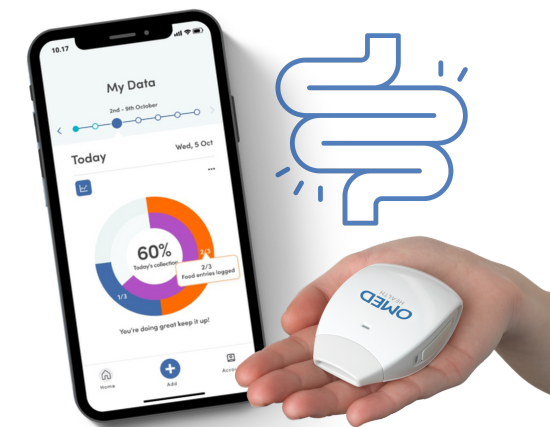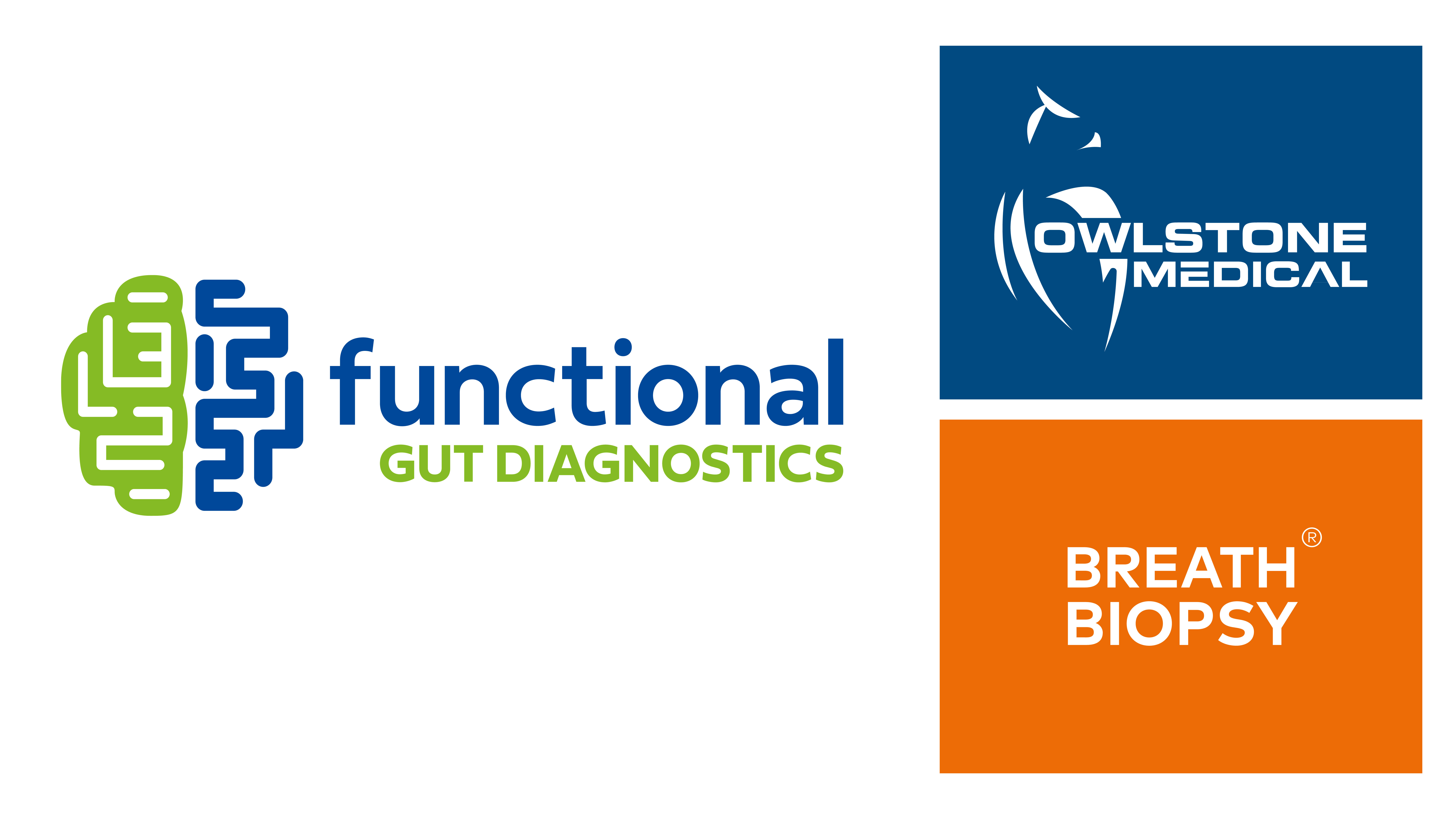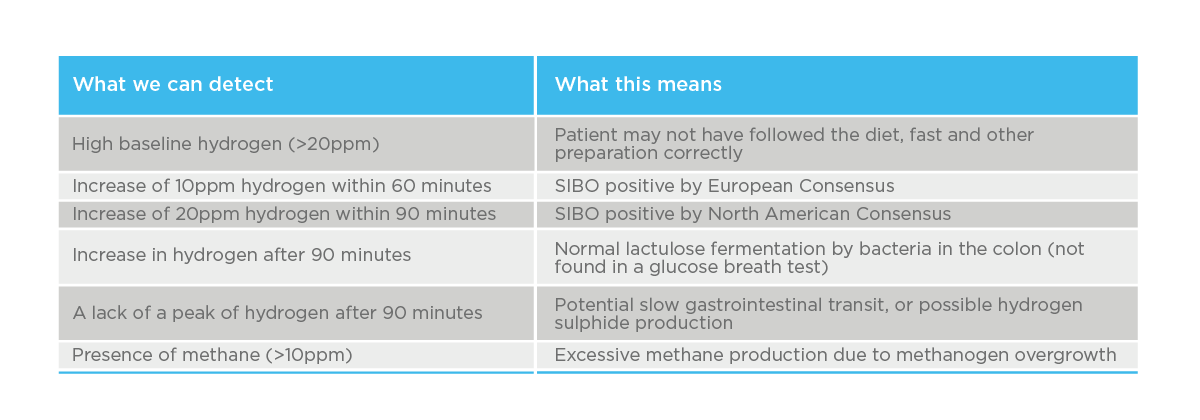The Need for Breath Tests in Gut Health
Published on: 27 Sep 2021, under Breath Biopsy
Gastrointestinal disorders affect up to 40% of people worldwide1, putting a strain on global health care economics and impacting the daily lives of those affected. Many people experience symptoms such as, bloating, cramps, flatulence and diarrhoea, but struggle to confirm a specific diagnosis of their gastrointestinal disorder. Only once an individual has received a diagnosis, can they make the appropriate changes to their diet and lifestyle that would help to alleviate symptoms and improve their quality of life.
There are currently a wide range of diagnostics tests used by gastrointestinal consultants, including blood tests, stool samples, imaging and endoscopic procedures. A number of these tests require large amounts of preparation, are invasive to the patient, and expensive for the healthcare provider2. Non-invasive breath tests are one of the diagnostic tools available, including a test that detects hydrogen and methane, also known as a Hydrogen Methane Breath Test (HMBT).
A HMBT can be prescribed by a healthcare professional. Bacteria in the small intestine produce hydrogen and methane when digesting sugars. These gases are then transferred into the bloodstream and transported to the lungs, before being exhaled via breath. If an elevated level of hydrogen or methane is detected in the breath, it may mean there is an over population of bacteria in the small intestine, known as small intestine bacterial overgrowth (SIBO).
Conducting the test involves breathing into a straw or bag for an initial breath sample, and then drinking a solution made up of either glucose or lactulose, both non-digestible sugars, and water. Breath samples are then taken every 15 minutes post ingestion for just over two hours, with the patient also noting down any symptoms they have during this time.
The samples are then sent for analysis, and a clinician will analyze the results alongside any symptoms that were also recorded before producing a report. The report will be sent to the patient and the referring consultant/doctor, who will explain the results in a follow-up consultation.
Take Control of Your Gut Health Now! Discover OMED Health’s at-home breath tests for empowered gut well-being.

Methane is not used within a SIBO diagnosis but its presence in the breath can indicate an imbalance in the gut microbiome. Breath methane is found in 30-50% of the healthy adult population and high levels can be accompanied by symptoms such as constipation and bloating, as well as obesity and reduced weight-loss following bariatric surgery. If a breath test indicates an elevated level of methane, the referring healthcare professional will recommend treatment options such as antibiotics, pre and probiotics and a low Fermentable Oligo-, Di-, Monosaccharides and Polyols (FODMAP) diet3.
Volatile organic compounds (VOCs) are gaseous molecules that can be sampled quickly and non-invasively from breath. They have great potential for applications in the development of future breath tests for gastrointestinal disease, with over 1,000 VOCs able to be detected on breath. You can find more about VOCs and their potential for gastrointestinal disease in our recent blog.
SCFA (Short Chain Fatty Acids) are one group of VOCs that are highly abundant in the gastrointestinal tract and are beneficial for physiological functions in the gut. SCFA have potential as VOCs to be employed in the diagnosis of gastrointestinal disorders such as gastro-esophageal reflux, esophagogastric cancer and inflammatory bowel diseases. Read our previous blog, Breath Testing in Gastrointestinal Health – Present Reality and Future Opportunities, to find out more.
You can find out more about the ideas discussed in this blog in our webinar ‘How Breath Biopsy® is Set to Transform Digestive Health Testing’ with Dr Anthony Hobson, Clinical Director and Senior Clinical GI Scientist at the Functional Gut Clinic. You can also browse all our breath testing for digestive health resources on our Gastrointestinal Diseases hub.
HMBTs are available for both clinical and research uses.
References
- Sperber et al. (2020) Worldwide Prevalence and Burden of Functional Gastrointestinal Disorders, Results of Rome Foundation Global Study Gastroenterology 160:99–114. DOI: 10.1053/j.gastro.2020.04.014
- Johns Hopkins Medicine (2021) Digestive Diagnostic Procedures. www.hopkinsmedicine.org/health/treatment-tests-and-therapies/digestive-diagnostic-procedures
- Functional Gut Clinic (2021) Understanding the results from your Methane Breath CH4ECK™ Test. thefunctionalgutclinic.com/blog/education/understanding-the-results-from-your-methane-breath-ch4eck-test/


